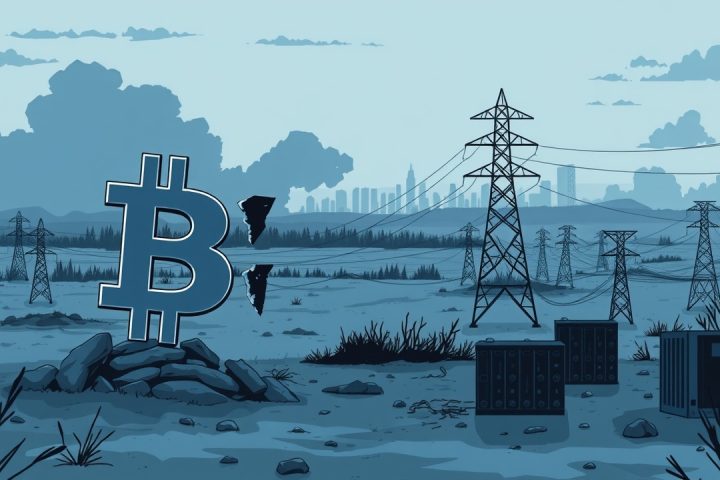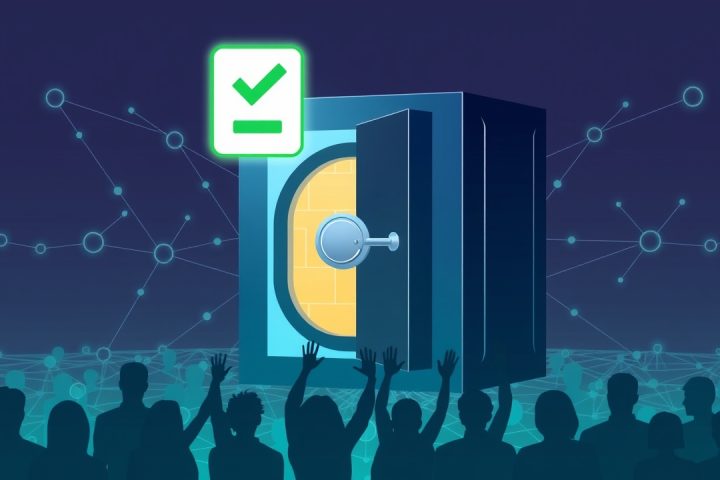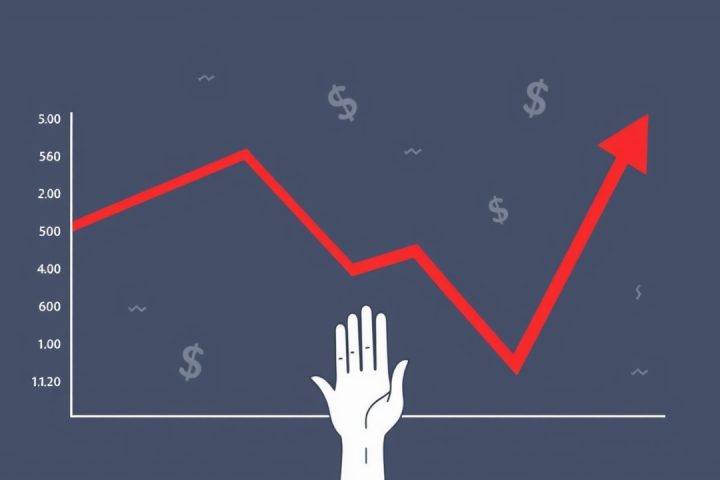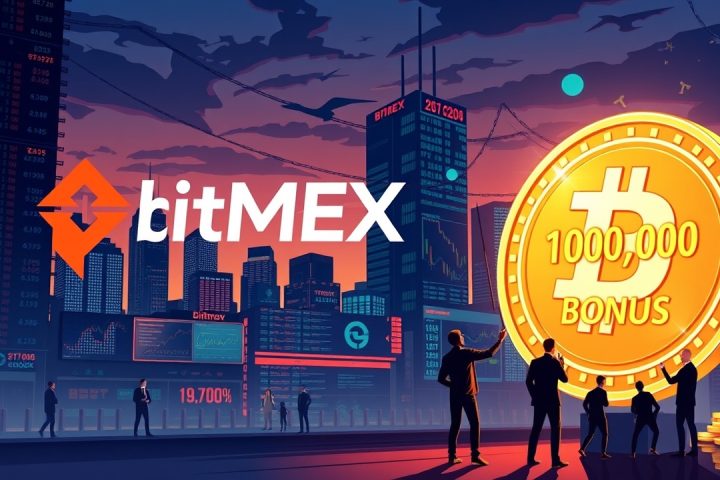The Rise and Fall of Mt. Gox
The rise and subsequent fall of Mt. Gox, once a leading player in the cryptocurrency exchange arena, serves as a crucial reminder of the vulnerabilities inherent in the digital currency space. Following its 2014 collapse, it took nearly a decade for those who lost funds to see any compensation, yet the incident prompted a significant overhaul in security protocols across the crypto industry.
Origins and Early Success
Initially launched in 2007, Mt. Gox was not a cryptocurrency exchange. Instead, the platform originated as a trading venue for Magic: The Gathering cards, established by developer Jed McCaleb. It wasn’t until 2010 that McCaleb pivoted the service to facilitate Bitcoin transactions after discovering the emerging cryptocurrency. In 2011, with the platform gaining traction and popularity, he sold it to Mark Karpeles, a French entrepreneur based in Japan, due to his inability to devote sufficient time to the growing project.
The platform continued to flourish, quickly amassing a user base that would reach tens of thousands by 2011. By 2013, it was reportedly responsible for processing over 70% of all Bitcoin transactions globally. However, the monumental success was abruptly shattered on February 24, 2014, when Mt. Gox halted all Bitcoin trading, and just days later, filed for bankruptcy. The catastrophic loss of approximately 850,000 BTC, worth around $450 million at the time, dealt a devastating blow to the entire Bitcoin community and led to widespread panic among investors.
Investigation and Aftermath
Investigations later confirmed that the funds were stolen over several years, stemming from a security breach that originated as early as 2011 when hackers acquired the private key to one of Mt. Gox’s wallets. This breach allowed them to siphon off Bitcoin undetected for years. The eventual bankruptcy filing revealed that not only were the user funds missing, but an additional 100,000 BTC were also taken from the exchange’s own reserves, totaling roughly 7% of the Bitcoin ecosystem at that time.
In 2018, a Japanese court greenlit a rehabilitation plan that would enable Mt. Gox creditors to recoup around $1 billion. Despite the lengthy recovery process, the first compensatory payments didn’t reach investors until December 2023, nearly a decade after their investments were frozen.
Current Status and Speculations
As of March 2025, Mt. Gox still possesses about 35,000 BTC, valued at approximately $3.08 billion. The exchange has postponed its repayment timeline for creditors from October 31, 2024, to October 31, 2025, citing ongoing verification delays. Notably, significant movements of Bitcoin from the Mt. Gox wallet were observed in March 2025, prompting speculation that these were preparatory steps towards initiating repayments to aggrieved creditors.
The motivations behind the original hack remain a hotly debated topic. Some theorize it was an inside job, while others suggest potential involvement from North Korean cyber operatives. However, no conclusive evidence has emerged to definitively identify those responsible for the theft.
Impact on the Cryptocurrency Landscape
The impact of Mt. Gox’s downfall on the cryptocurrency landscape cannot be overstated. At its peak, the exchange could have cemented its status as the leading cryptocurrency trading platform. Instead, its failure not only resulted in immense losses but also led to the enactment of stricter regulations and improved security measures designed to protect investors in the burgeoning cryptocurrency market. Today, the legal proceedings surrounding losses incurred during the Mt. Gox debacle continue in a quest for justice for those impacted by the collapse.











